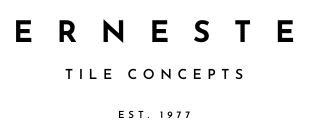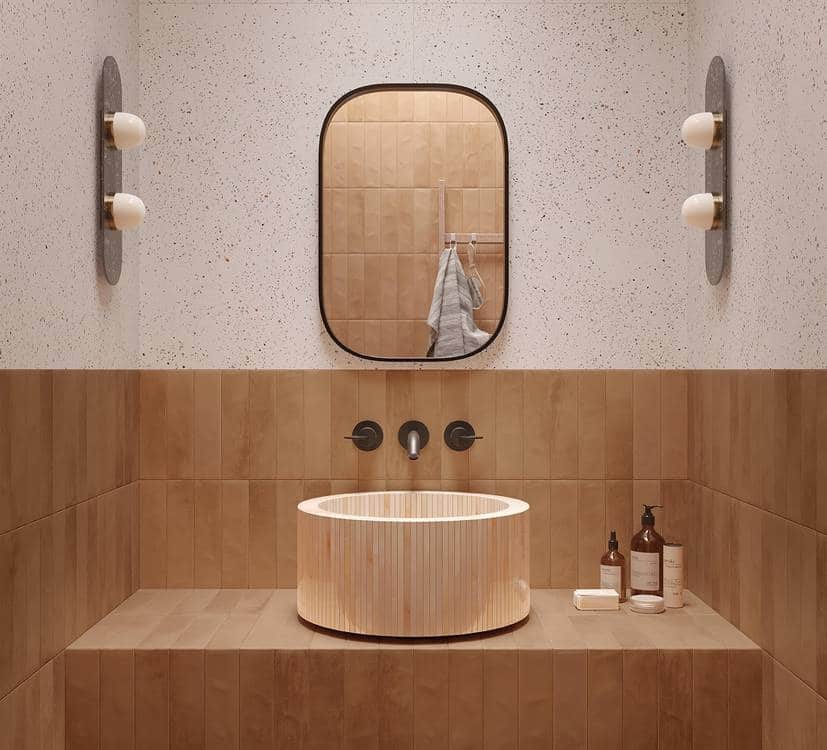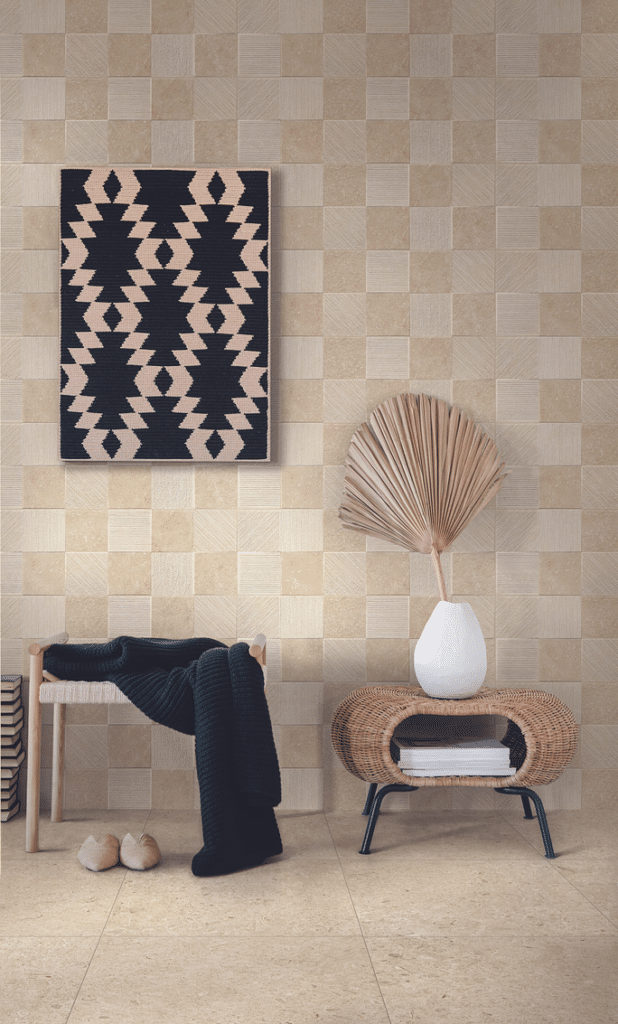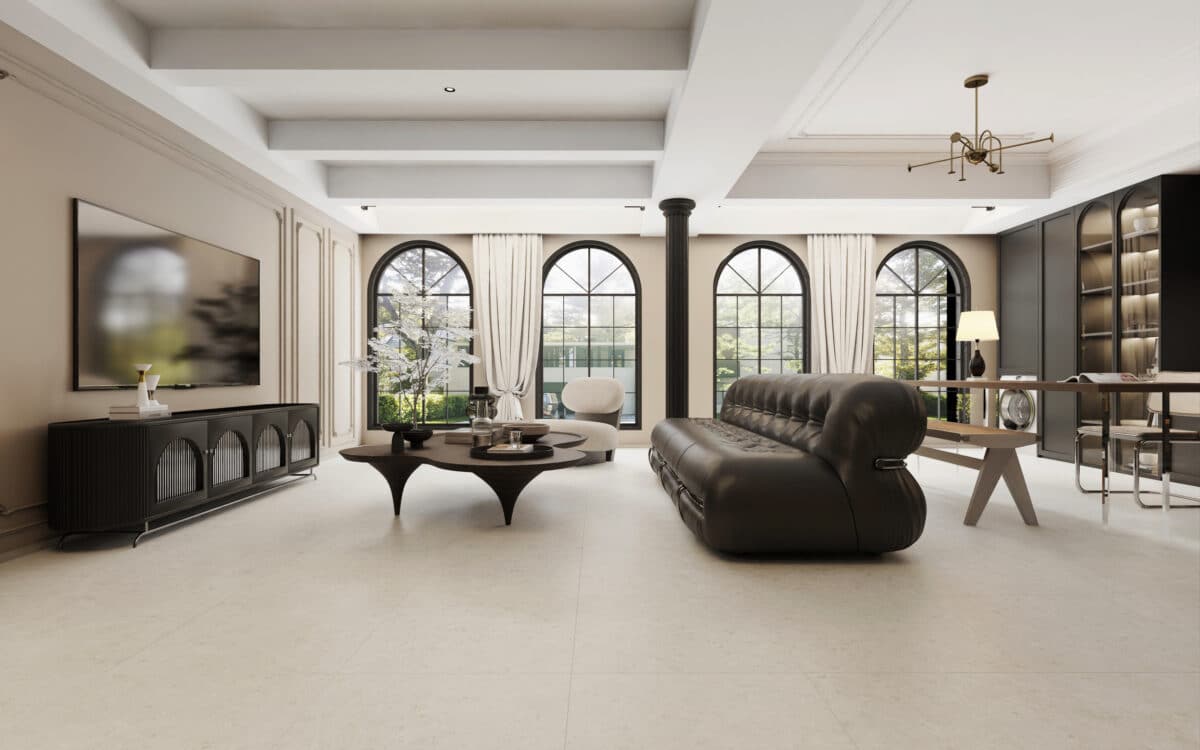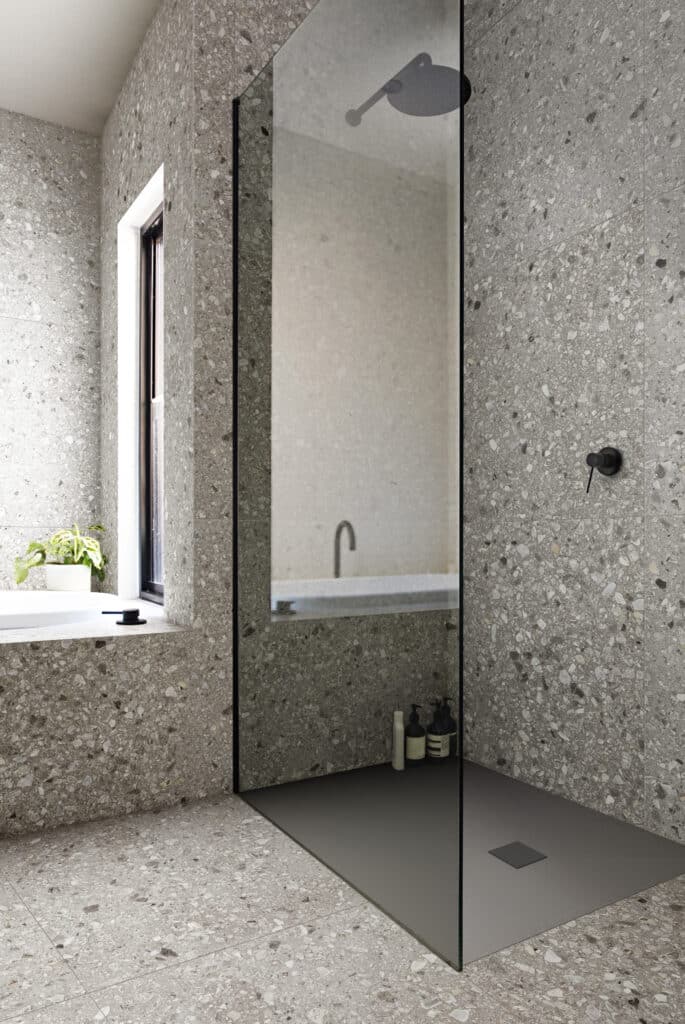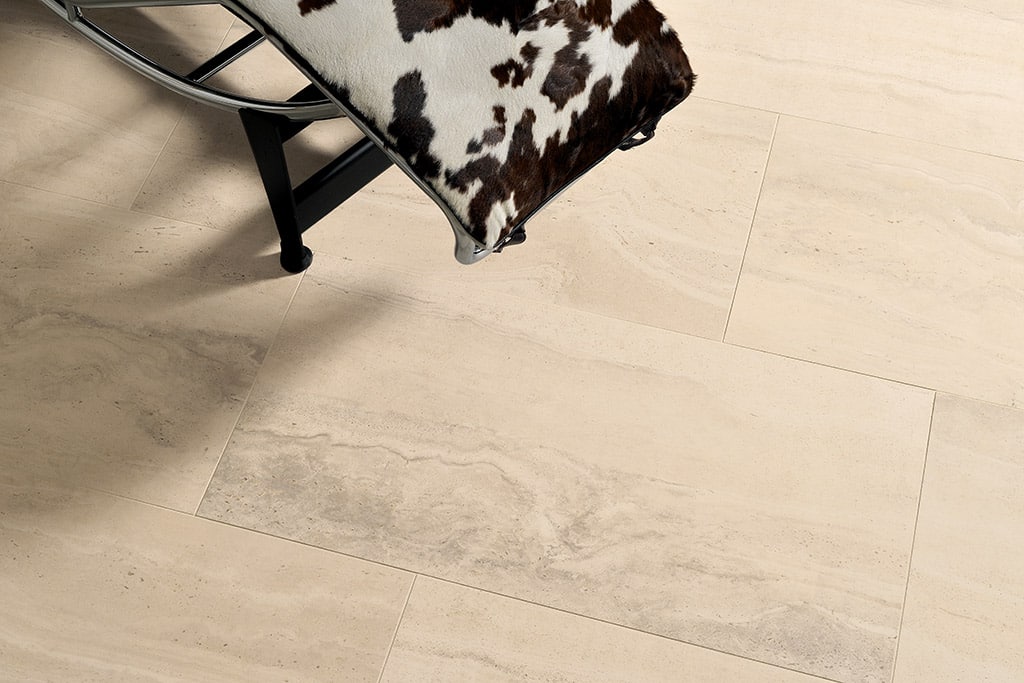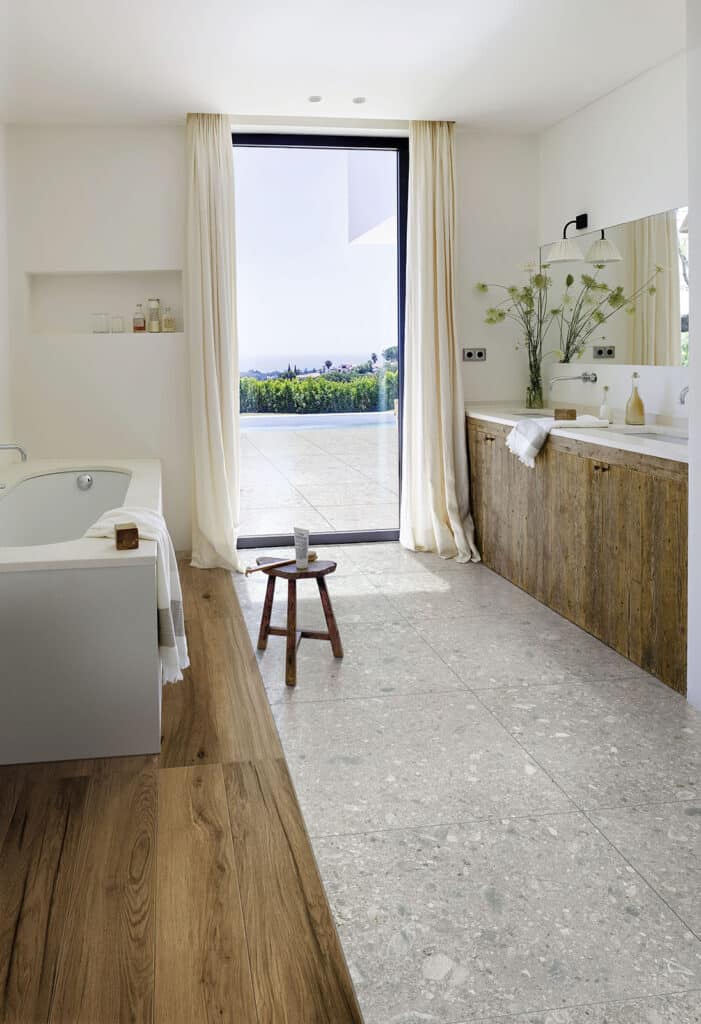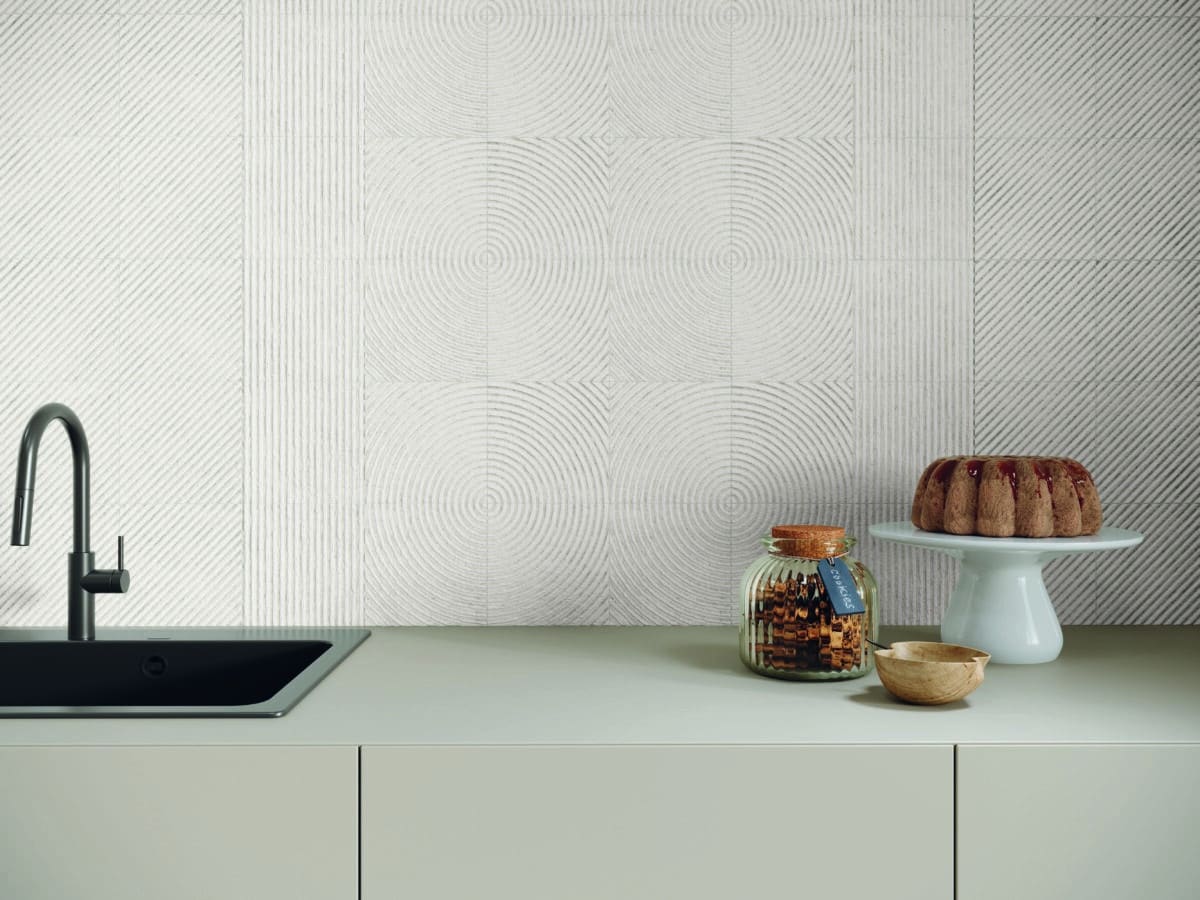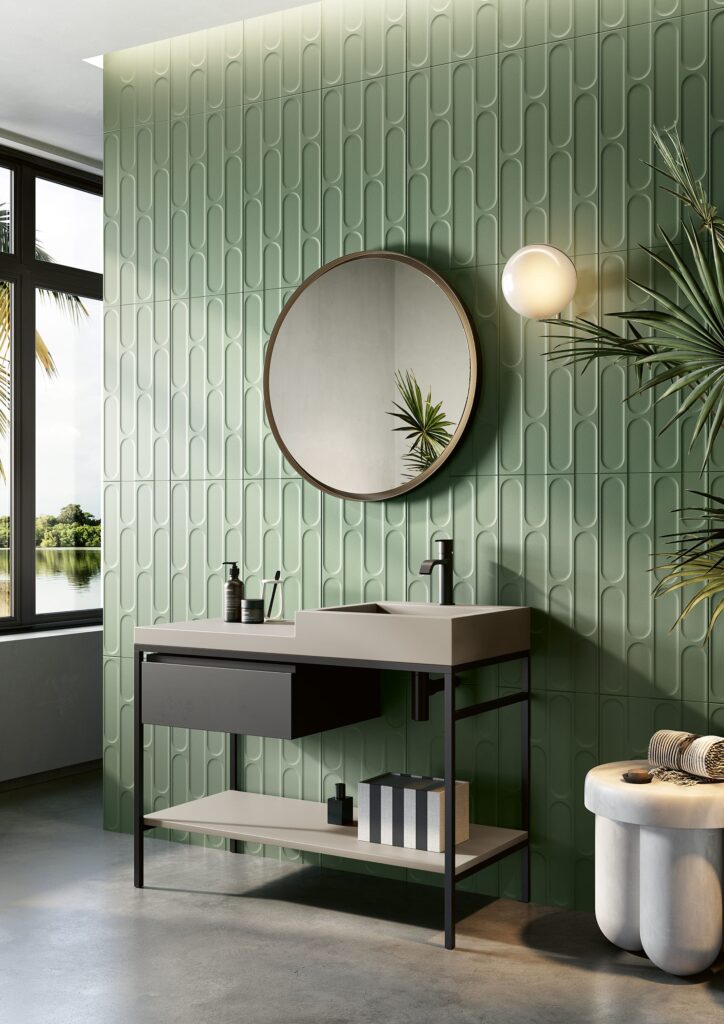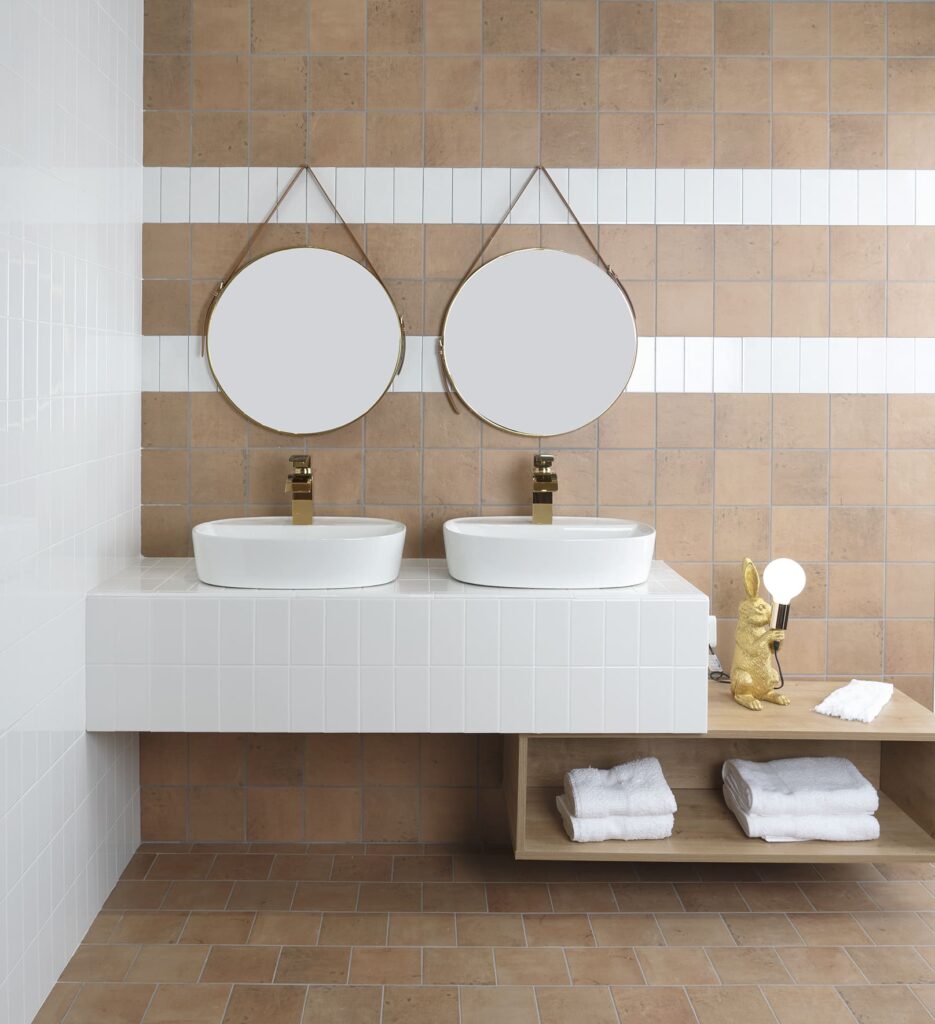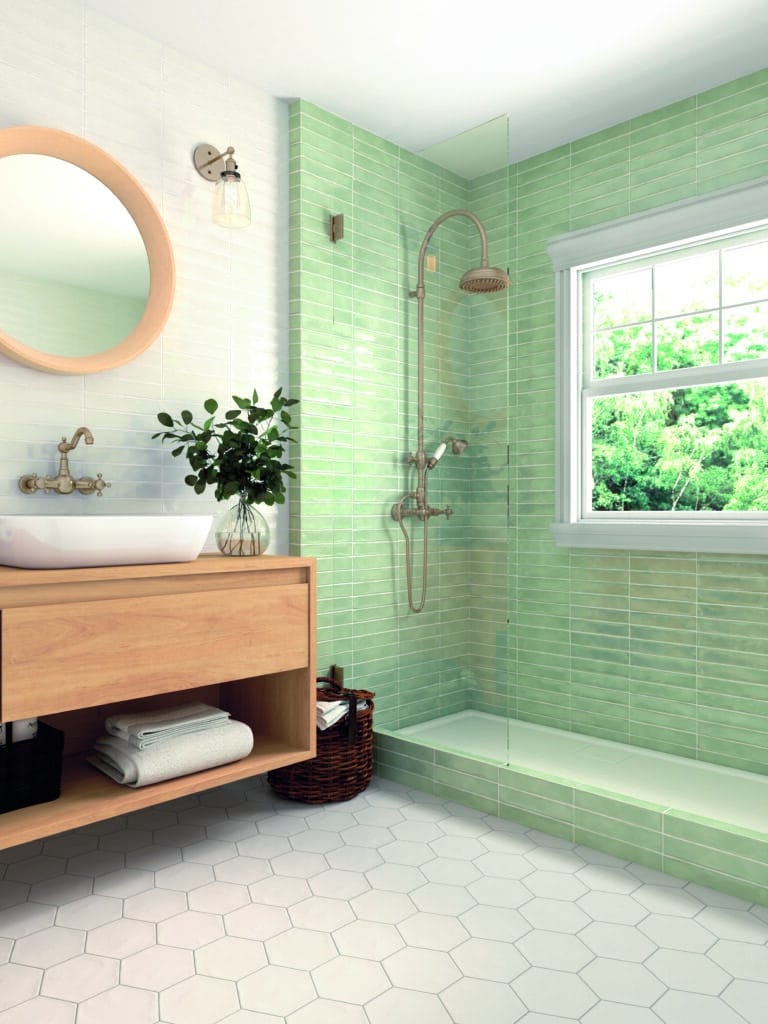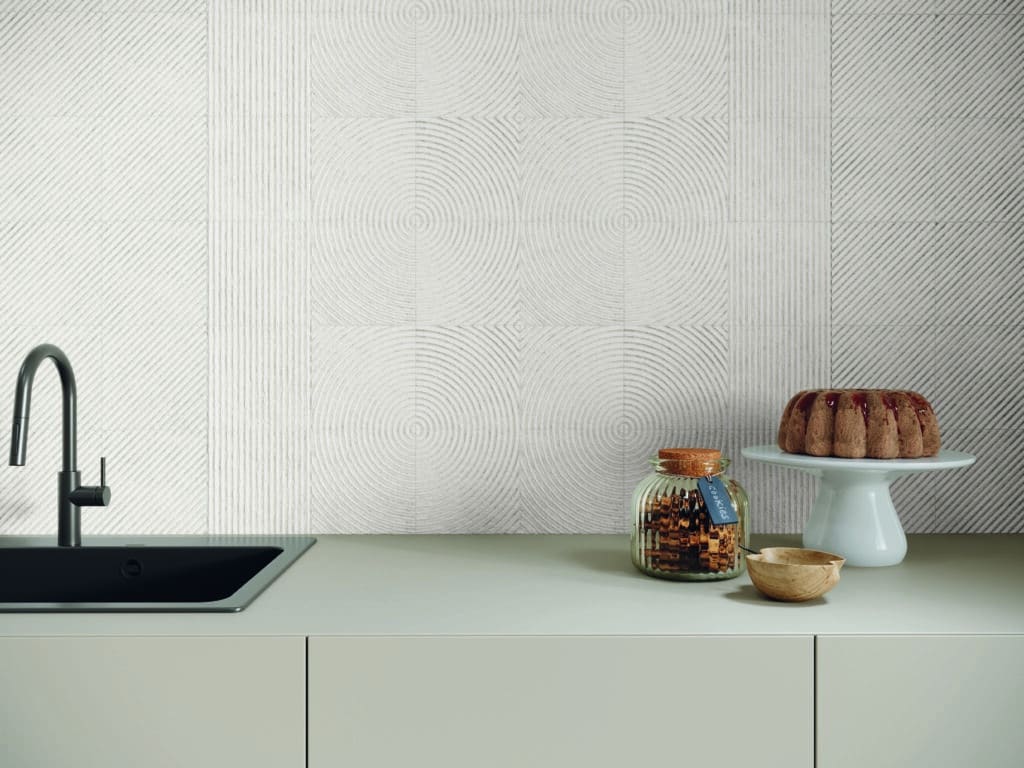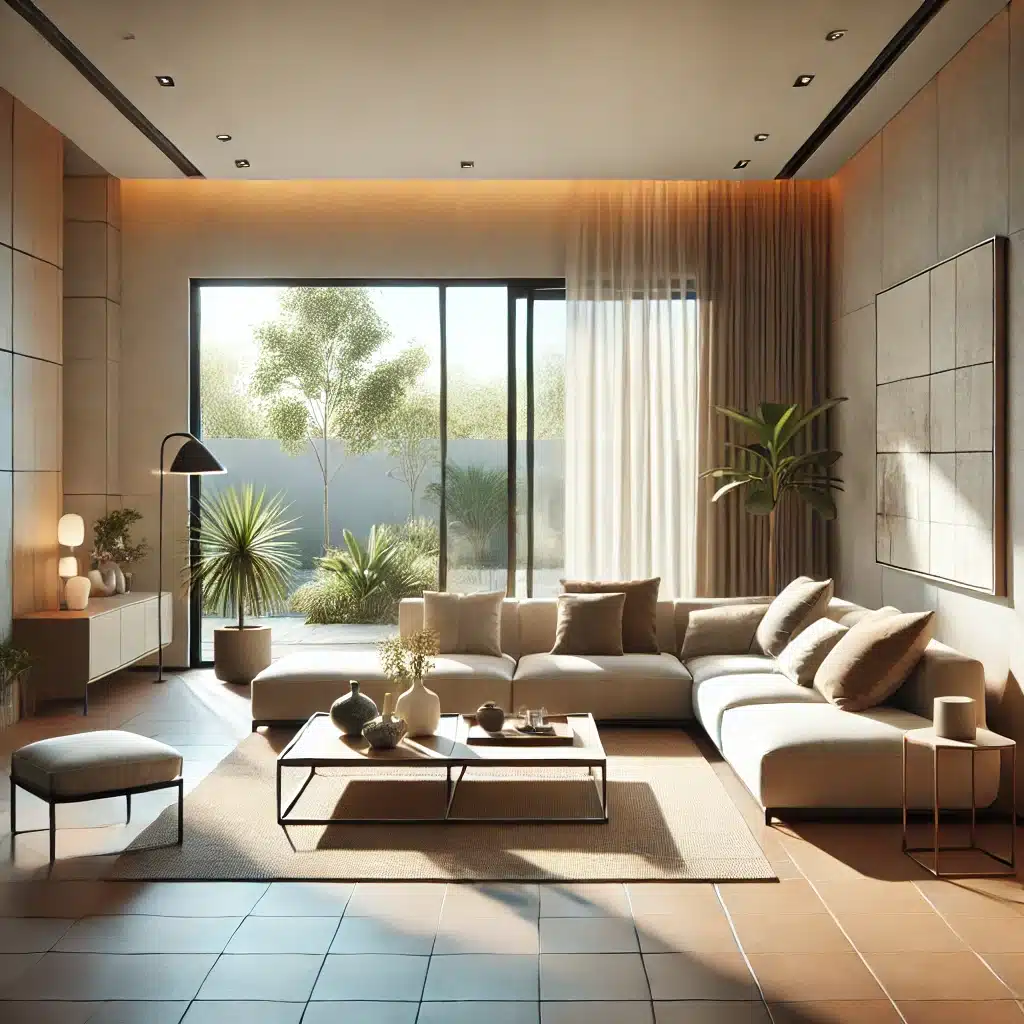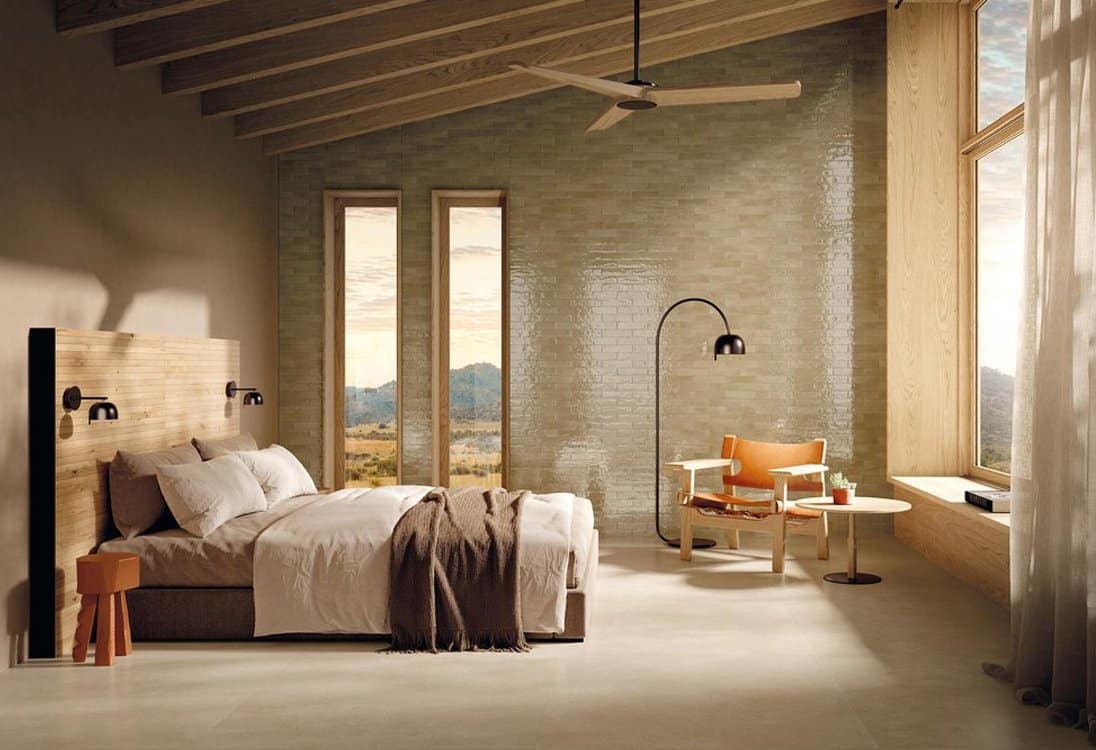Tile Calculator Guide: Work Out Exactly How Many Tiles You Need
Understanding the Importance of Accurate Tile Calculation
Accurate tile calculation is a crucial step in any flooring project, whether you’re undertaking a simple home improvement task or a more extensive renovation or consulting with a tile shop outlet. Understanding the importance of precise tile measurement can save you time, money, and frustration. A tile calculator is an invaluable tool that helps homeowners and DIY enthusiasts determine the exact quantity of tiles needed for their space, ensuring that you purchase just the right amount without excess waste.
In this tiling guide, we will explore how to effectively use a tile calculator to achieve accurate measurements. By taking into account factors such as room dimensions, tile size, and layout patterns, you can ensure your project runs smoothly from start to finish. With careful planning and the right tools at your disposal, you’ll be well on your way to creating a beautiful tiled area in your home.
How to Measure Your Space for Tiling: A Step-by-Step Approach
measuring tiles, room dimensions, area calculation, length and width measurement, square footage
Measuring your space accurately is crucial for a successful tiling project. To ensure you purchase the right amount of tiles, follow this step-by-step approach to measure your room effectively.
1. Gather Your Tools: You’ll need a tape measure, a notepad, and a pencil for recording your measurements.
2. Measure the Length and Width: Start by measuring the length and width of the room. It’s best to measure at least twice to confirm accuracy. If your room is not a perfect rectangle, divide it into smaller sections that are rectangular or square.
3. Calculate Area: Once you have both measurements, multiply the length by the width to determine the area in square metres (m²). For example, if your room measures 4 metres long and 5 metres wide, the area would be 20m².
4. Account for Irregularities: If there are any alcoves or areas where tiles will not be laid (like under cabinets), measure these spaces separately and subtract their area from your total calculation.
5. Add Extra for Waste: It’s wise to add an additional 10%, at a minimum, to account for mistakes or future repairs when purchasing tiles based on your calculated area. If you have chosen to use a large format tile you will need to consider a larger percentage for wastage.

By following these steps carefully, you’ll ensure that you have measured accurately for tiling, making your project run more smoothly and efficiently.
The Role of Tile Size and Type in Calculating Your Needs
tile sizes, types of tiles, ceramic tiles, porcelain tiles, natural stone tiles
When embarking on a tiling project, understanding the role of tile size and type is crucial for accurately calculating your needs. Tile sizes can vary significantly, ranging from small mosaic pieces to large format tiles, each influencing the overall coverage area and aesthetic appeal of your space.
Porcelain and ceramic tiles are a popular choice for many homeowners due to their versatility and affordability. They typically come in various sizes, allowing you to create intricate patterns or maintain a uniform look across larger areas.
Natural stone tiles offer a unique charm with their varied textures and colours; however, they often come in standard sizes that may require careful planning during installation. When selecting tile types and sizes, consider not only the visual impact but also how these choices will affect the quantity needed for your project. By understanding these factors, you can ensure that you purchase the right amount of materials while achieving the desired aesthetic result in your home or commercial space.
Using a Tile Calculator: Benefits and Features to Look For
online tile calculator, free tile calculator tools, features of tile calculators, accuracy in calculations
Using an online tile calculator can significantly streamline your tiling projects, ensuring that you have the right amount of tiles needed for your space without overspending. One of the primary benefits of these free tile calculator tools is their ability to provide accurate calculations based on your specific measurements. This accuracy is crucial, as even minor errors in estimation can lead to wasted materials and increased costs.
When selecting a tile calculator, there are several features to consider. Look for calculators that allow you to input various parameters such as room dimensions, tile size, and grout spacing. Some advanced calculators even offer options for different shapes and layouts, enabling you to visualise how the tiles will fit together in your space.
Additionally, a good online tile calculator should provide an estimate of waste factor—accounting for broken or cut tiles—ensuring that you’re fully prepared before making a purchase. By leveraging these features, you can enhance not only the efficiency of your project but also its overall success.
There are two good examples of online tile calculators that can do most, if not all of the above. They are:
Omni Tile Calculator and Tile Calculator
An Example Calculation: Working Through a Real-Life Tiling Scenario
tile layout example, practical application of tile calculator, case study on tiling project
In this section, we will explore a practical application of a tile calculator through a real-life tiling scenario. Let’s consider a case study on a small bathroom renovation project where the homeowner wishes to tile the floor with ceramic tiles.
For our tile layout example, imagine the bathroom measures 2.5 metres by 3 metres, resulting in an area of 7.5 square metres. To determine how many tiles are needed, we first need to know the size of the tiles being used. For this example, we’ll use standard 600mm x 600mm tiles.
Converting the tile dimensions into square metres gives us each tile an area of 0.36 square metres (0.6m x 0.6m). To find out how many tiles are required for the entire floor space, we divide the total area by the area of one tile:
7.5 square metres ÷ 0.36 square metres per tile = approximately 20.83 tiles.
Since you can’t purchase a fraction of a tile, you would round up to 21 tiles for complete coverage.
However, it’s wise to account for potential breakage and cuts around edges; thus adding an additional 10% is recommended for wastage:
21 tiles + (10% of 21) = approximately 23 tiles needed.
This example illustrates how using a practical application of a tile calculator not only simplifies calculations but also ensures that homeowners accurately estimate their tiling needs while considering real-world variables such as waste and layout intricacies in their projects.
Tips for Managing Waste and Extra Tiles During Your Project
waste factor for tiling projects, extra tiles calculation tips, how many extra tiles to buy?
When embarking on a tiling project, managing waste and determining how many extra tiles to purchase can be pivotal in ensuring both efficiency and cost-effectiveness. Understanding the waste factor for tiling projects is essential, as it typically ranges from 10% to 15% of the total area being tiled. This accounts for errors, cuts, and breakages that are common during installation.
To calculate the number of extra tiles needed accurately, start by measuring the total square footage of the area you plan to tile. Once you have this figure, multiply it by your chosen waste factor percentage. For instance, if your project requires 25m² of tiles and you opt for a 10% waste factor, you would need an additional 2.5m² worth of tiles.
Additionally, consider purchasing a few extra tiles beyond this calculation to account for potential future repairs or replacements. A good rule of thumb is to buy an additional box or two of your chosen tile style—especially if it’s a specific design that may be discontinued later on. By following these tips on extra tiles calculation and understanding how many extra tiles to buy, you’ll ensure a smoother tiling process with minimal disruption from unexpected shortages or excess waste.
Conclusion: Master Your Tiling Project with the Right Calculations Today!
In conclusion, mastering your tiling project begins with precise calculations and careful planning. Understanding the dimensions of your space, the size of the tiles, and the layout pattern are crucial steps that can significantly impact both the aesthetic and functional aspects of your tiling job. By accurately measuring areas and accounting for factors such as grout lines and waste, you can ensure that you purchase the right amount of materials, thereby avoiding unnecessary costs or delays.
Moreover, utilising tools like tile calculators can simplify this process, providing you with a clear estimate of how many tiles you’ll need based on your specific measurements. With these calculations in hand, you’re well-equipped to embark on your tiling project confidently. Remember, taking the time to get it right at this stage will pay off in creating a beautifully finished space that meets both your vision and practical needs.
